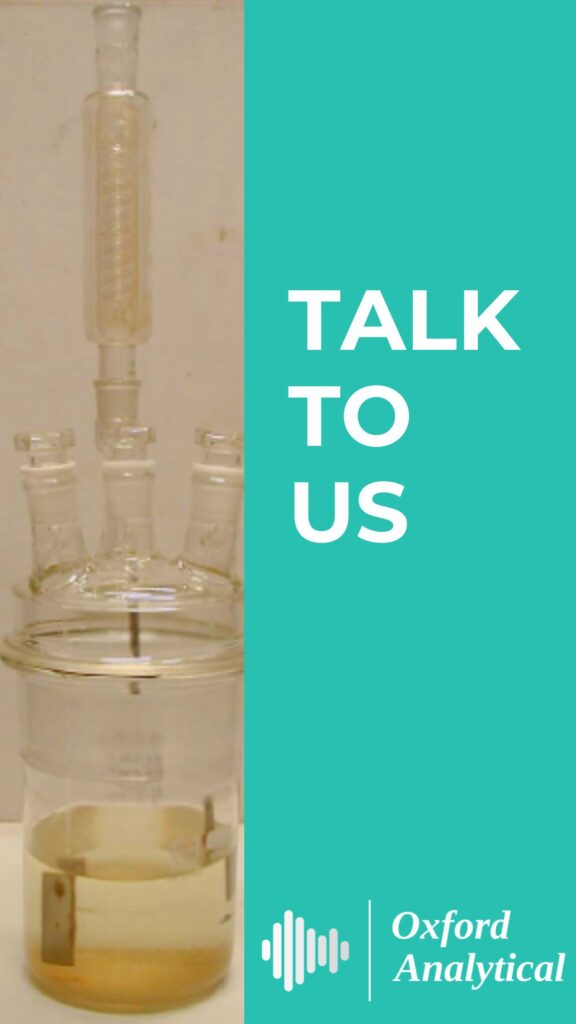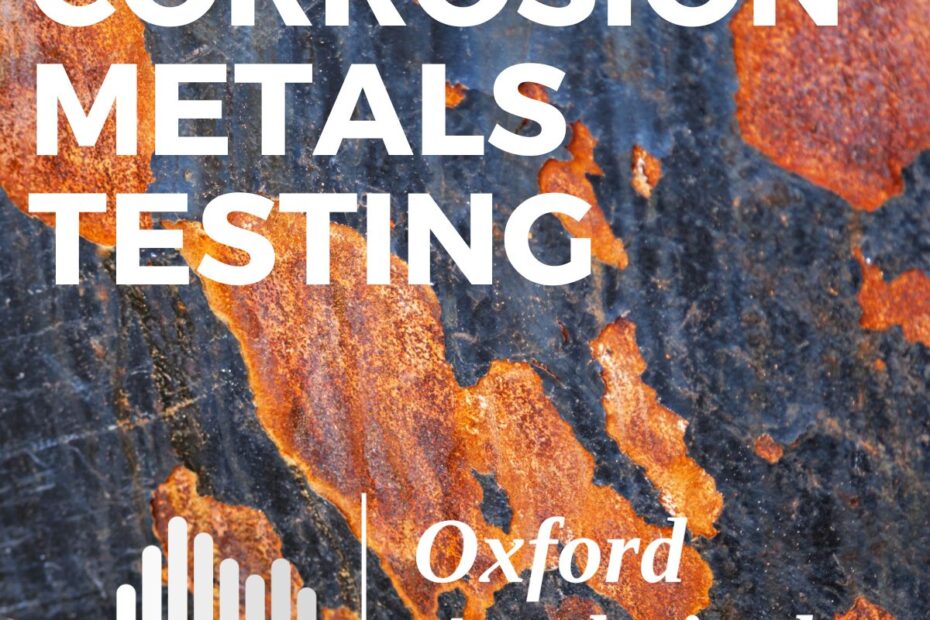Assessment of Corrosion Characteristics and the purpose of the UN RTDG – class 8 substances – corrosion to metals testing
UN 37.4, also known as the UN corrosion test method, is a standardised procedure utilised to assess the corrosion resistance of metallic materials used in the packaging of dangerous goods. Corrosion, a gradual degradation process, has the potential to cause structural failures in packaging materials, compromising their integrity and posing risks such as leaks and spills that can harm both humans and the environment.

To conduct the UN 37.4 test, precise specifications of steel and aluminium plates are chosen as representative metallic materials. These plates are polished and strategically positioned at different phases within a receptacle, as defined by the method. The receptacle, including the metal sheets, is then placed in an incubator set at a temperature of 55°C for a duration of 168 hours, equivalent to one week. This controlled environment exposes the metallic material to the substance under test, simulating the conditions that may be encountered during transport and storage.
After the completion of the test period, the metallic material is carefully evaluated for signs of corrosion, including the presence of rust, pitting, or discoloration. The level of corrosion is assessed using a grading system, where higher grades indicate greater resistance to corrosion. The evaluation encompasses both uniform corrosion, which occurs uniformly across the metal surface, and localised corrosion, which typically appears as localised spots of corrosion.
The UN 37.4 test method provides specific criteria to determine whether a substance is considered corrosive to metals. If the weight loss of the metallic material after exposure for one week exceeds 13.5%, and the minimum intrusion depth caused by corrosion surpasses 120µm, then the substance is classified as corrosive to metals.
This standardised test method holds significant importance because it ensures that metallic materials used in packaging dangerous goods possess adequate corrosion resistance. By subjecting the materials to rigorous testing, the UN 37.4 method helps verify their ability to safely contain the contents throughout the entire transportation and storage process. By preventing leaks, spills, and other accidents that may arise due to corrosion-induced failures, this test method actively contributes to safeguarding the well-being of individuals and the environment.
Although other metal corrosion testing methods exist, the UN 37.4 method is specifically designated for use in any UN territory. This standardised approach offers consistency and comparability, enabling reliable assessments of corrosion resistance across different metallic materials and substances.
It is important to note that the UN 37.4 test can be conducted in accordance with Good Laboratory Practice (GLP) guidelines, ensuring the reliability and integrity of the results. Additionally, due to its standardised nature, the test can be completed and reported within a relatively short time frame, typically spanning a few weeks.
To perform the UN 37.4 test, a minimum sample volume of 1.5 litres is required. Furthermore, it is often necessary to conduct the test in duplicate to validate the results and ensure accuracy.

